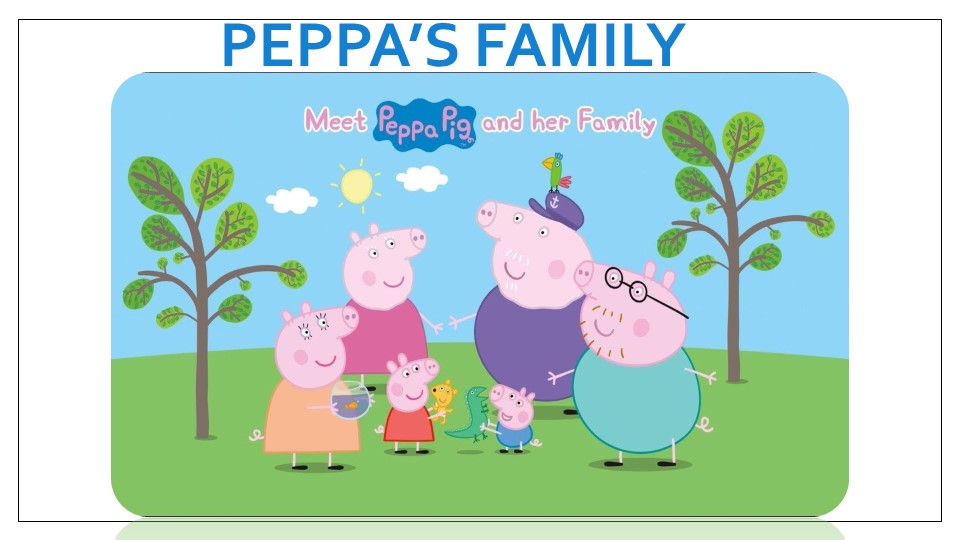Презентация - "Robert Burns and his wife."

- Презентации / Другие презентации
- 0
- 08.04.24
Просмотреть и скачать презентацию на тему "Robert Burns and his wife."
Burns fell in love with Mary Campbell (1763–1786), whom he had seen in church while he was still living in Tarbolton.
She was born near Dunoon and had lived in Campbeltown before moving to work in Ayrshire. He dedicated the poems "The Highland Lassie O", "Highland Mary", and "To Mary in Heaven" to her. His song "Will ye go to the Indies, my Mary, And leave auld Scotia's shore?" suggests that they planned to emigrate to Jamaica together
Their relationship has been the subject of much conjecture, and it has been suggested that on 14 May 1786 they exchanged Bibles and plighted their troth over the Water of Fail in a traditional form of marriage. Soon afterwards Mary Campbell left her work in Ayrshire, went to the seaport of Greenock, and sailed home to her parents in Campbeltown.
In October 1786, Mary and her father sailed from Campbeltown to visit her brother in Greenock. Her brother fell ill with typhus, which she also caught while nursing him. She died of typhus on 20 or 21 October 1786 and was buried there
On 5 August 1788, Robert Burns married Jean Armour, whom he first met in 1784. They soon went into relationship and their first set of twins was born in 1786. Although he wanted to marry her, her father’s reluctance came in the way and feeling abandoned, he started having other relationships.
As Burns became well-known across Great Britain, Jean's father relented and they finally got married in 1788, having nine children together. His legitimate children were Robert, Jean, William Nicol, Elizabeth Riddell; James Glencairn, Francis Wallace and Maxwell. That apart, they had a second set of twins, who died in infancy.
He also had at least four children born out of wedlock, the eldest of them being Elizabeth Burns, born in 1785. At her birth he wrote Welcome! lily bonie, sweet, wee dochter, Tho' ye come here a wee unsought for…












